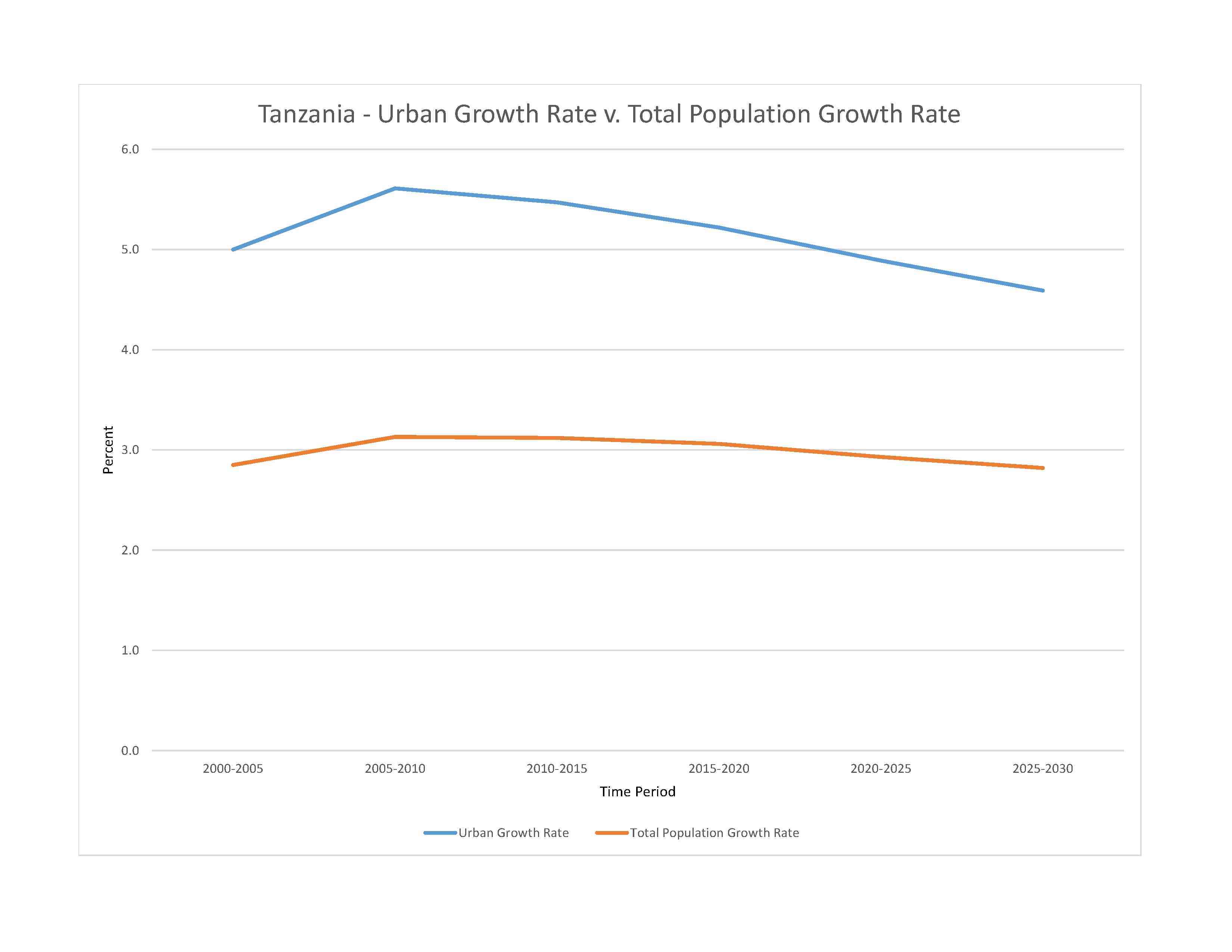
water pollution; improper management of liquid waste; indoor air pollution caused by the burning of fuel wood or charcoal for cooking and heating is a large environmental health issue; soil degradation; deforestation; desertification; destruction of coral reefs threatens marine habitats; wildlife threatened by illegal hunting and trade, especially for ivory; loss of biodiversity; solid waste disposal
party to: Biodiversity, Climate Change, Climate Change-Kyoto Protocol, Climate Change-Paris Agreement, Comprehensive Nuclear Test Ban, Desertification, Endangered Species, Hazardous Wastes, Law of the Sea, Marine Dumping-London Convention, Nuclear Test Ban, Ozone Layer Protection, Ship Pollution, Wetlands, Whaling
signed, but not ratified: none of the selected agreements
varies from tropical along coast to temperate in highlands
agricultural land: 43.7% (2018 est.)
arable land: 14.3% (2018 est.)
permanent crops: 2.3% (2018 est.)
permanent pasture: 27.1% (2018 est.)
forest: 37.3% (2018 est.)
other: 19% (2018 est.)
urban population: 37.4% of total population (2023)
rate of urbanization: 4.89% annual rate of change (2020-25 est.)

severe localized food insecurity:due to localized shortfalls in staple food production - about 592,000 people are estimated to be in need of humanitarian assistance between May and September 2022, mainly located in northeastern regions, reflecting crop losses during the October–December “Vuli” 2021 and March–May “Masika” 2022 seasons due to poor rains; high food prices are also constraining households’ economic access to food (2022)
2.19% of GDP (2018 est.)
0.02% of GDP (2018 est.)
particulate matter emissions: 15.36 micrograms per cubic meter (2019 est.)
carbon dioxide emissions: 11.97 megatons (2016 est.)
methane emissions: 59.08 megatons (2020 est.)
municipal solid waste generated annually: 9,276,995 tons (2012 est.)
fresh water lake(s): Lake Victoria (shared with Uganda and Kenya) - 62,940 sq km; Lake Tanganyika (shared with Democratic Republic of Congo, Burundi, and Zambia) - 32,000 sq km; Lake Malawi (shared with Mozambique and Malawi) - 22,490
salt water lake(s): Lake Rukwa - 5,760 sq km
Nile (shared with Rwanda [s], Uganda, South Sudan, Sudan, and Egypt [m]) - 6,650 km
note – [s] after country name indicates river source; [m] after country name indicates river mouth
Atlantic Ocean drainage: Congo (3,730,881 sq km), (Mediterranean Sea) Nile (3,254,853 sq km)
Indian Ocean drainage: Zambezi (1,332,412 sq km)
municipal: 530 million cubic meters (2020 est.)
industrial: 30 million cubic meters (2020 est.)
agricultural: 4.63 billion cubic meters (2020 est.)
96.3 billion cubic meters (2019 est.)
total global geoparks and regional networks: 1
global geoparks and regional networks: Ngorongoro Lengai (2023)
NOTE: The information regarding Tanzania on this page is re-published from the 2024 World Fact Book of the United States Central Intelligence Agency and other sources. No claims are made regarding the accuracy of Tanzania 2024 information contained here. All suggestions for corrections of any errors about Tanzania 2024 should be addressed to the CIA or the source cited on each page.
This page was last modified 04 May 24, Copyright © 2024 ITA all rights reserved.